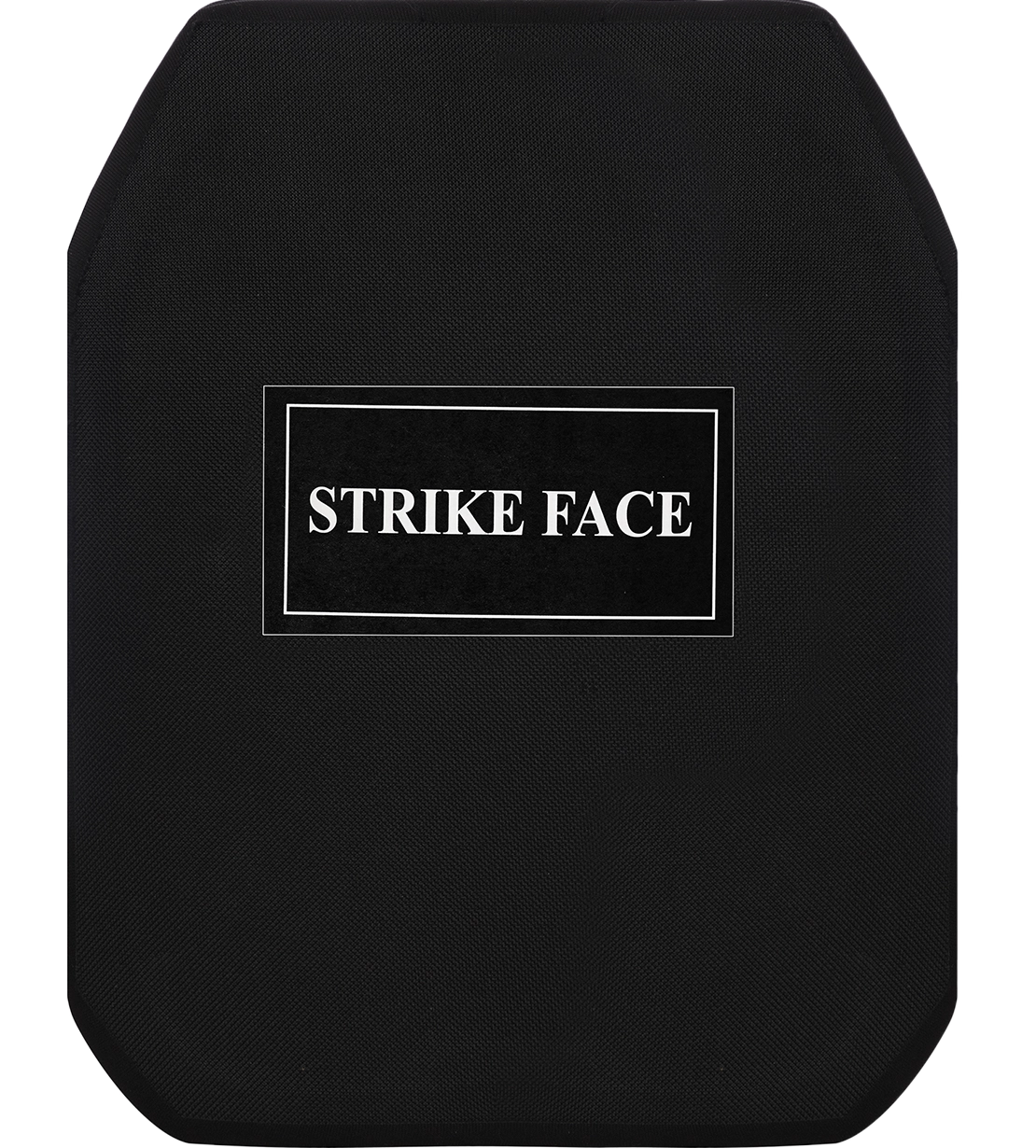Crafted from cutting-edge composite materials, the RhinoCore RF3 hard armor plate provides unmatched strength and lightweight performance. It houses our signature trauma minimizing technology for enhanced safety in high-intensity operations. The fine blend of optimal design and advanced materials makes these plates much lighter than industry-standard RF3 plates.
Engineered with proven technology to provide reliable protection in accordance with NIJ 0101.07 Standards, Hard Shell's RhinoCore RF3 hard armor plates can withstand multiple armor-piercing rounds and provide all-day comfort with its lightweight structure.

Hard Shell's RhinoCore RF3 hard armor plate comes with a versatile configuration, available in ICW (with Level IIIA soft armor) or Stand-Alone configurations. Crafted using high-performance composites, which are a smart blend of advanced ceramics like Boron Carbide, Silicon Carbide, and Alumina with ultra-light UHMWPE and Aramid fabrics, RhinoCore stands out with unmatched strength-to-weight performance.
The ballistics in this bundle are rated Level 3A / Level IIIA / HG2. To learn more about the NIJ body armor standards, visit our Understanding Body Armor Ratings blog.
Level IV body armor provides protection against certain types of ammunition, such as 7.62 x 39 mm API BZ (Six Shots), 7.62 x 51 mm NATO (Six Shots), and 7.62 x 63 mm AP (M2AP) (Single Shot) . These armors are appropriate for military and law enforcement professionals who encounter such threats in the field.
At Hard Shell, Level IV body armor plates are available in two categories: In Conjunction With (ICW) armor plates in 2.65 kg and 3.2 kg, and Stand Alone (SA) plates in 2.7 kg and 3.6 kg. Users can customize these weight options to meet their unique operational needs and preferences.
Body armor classified as Level III and Level IV have different functions. Level IV's resistance to higher-caliber ammunition allows it to provide stronger protection against ballistic threats. Nonetheless, Level III offers sufficient protection from standard rifle bullets. The preference about the applicability of each type of armor is based on the particular threat profile and operational requirements.
While using In Conjunction With (ICW) Level IV body armor, it is necessary to put extra soft armor beneath the plate for maximum protection. As opposed to this, Stand Alone (SA) Level IV body armor offers self-sufficiency by autonomously providing the necessary ballistic resistance without the need for additional soft armor.
It's true that Level IV body armor has harder plates, which makes it heavier than its counterparts at lower levels. It is important to strike a balance between protection and wearer comfort because the materials employed, such as ceramics or composites, do affect the weight.
The level of threat assessment and operational requirements of the user determines the suitability of Level IV body armor. It is appropriate for a variety of ballistic threats. To ascertain if Level IV body armor provides the appropriate degree of protection, it is imperative to assess particular ballistic threats and mission requirements.
End to end control
Precision Crafted for Your Needs
A Global Shield of Confidence
Sustainability at the Core of Safety